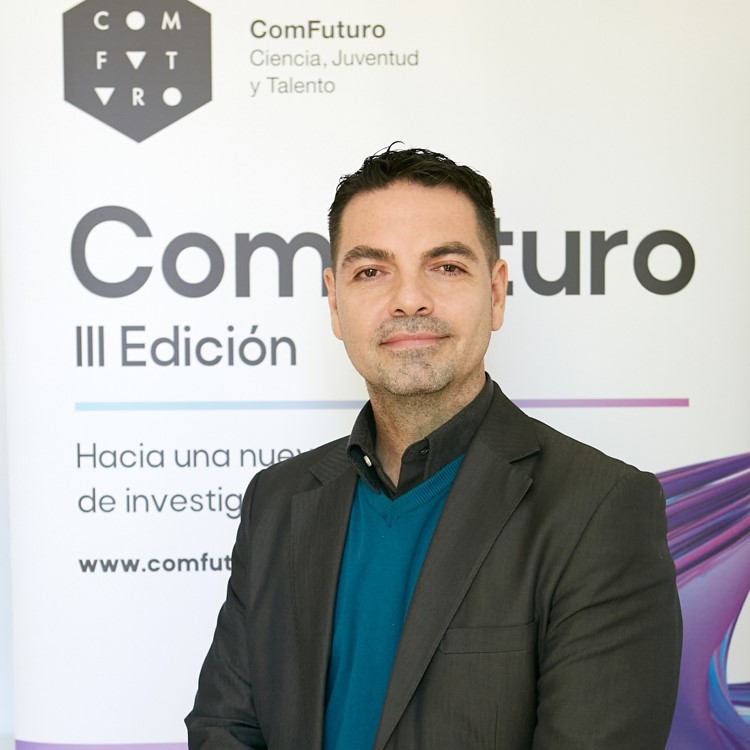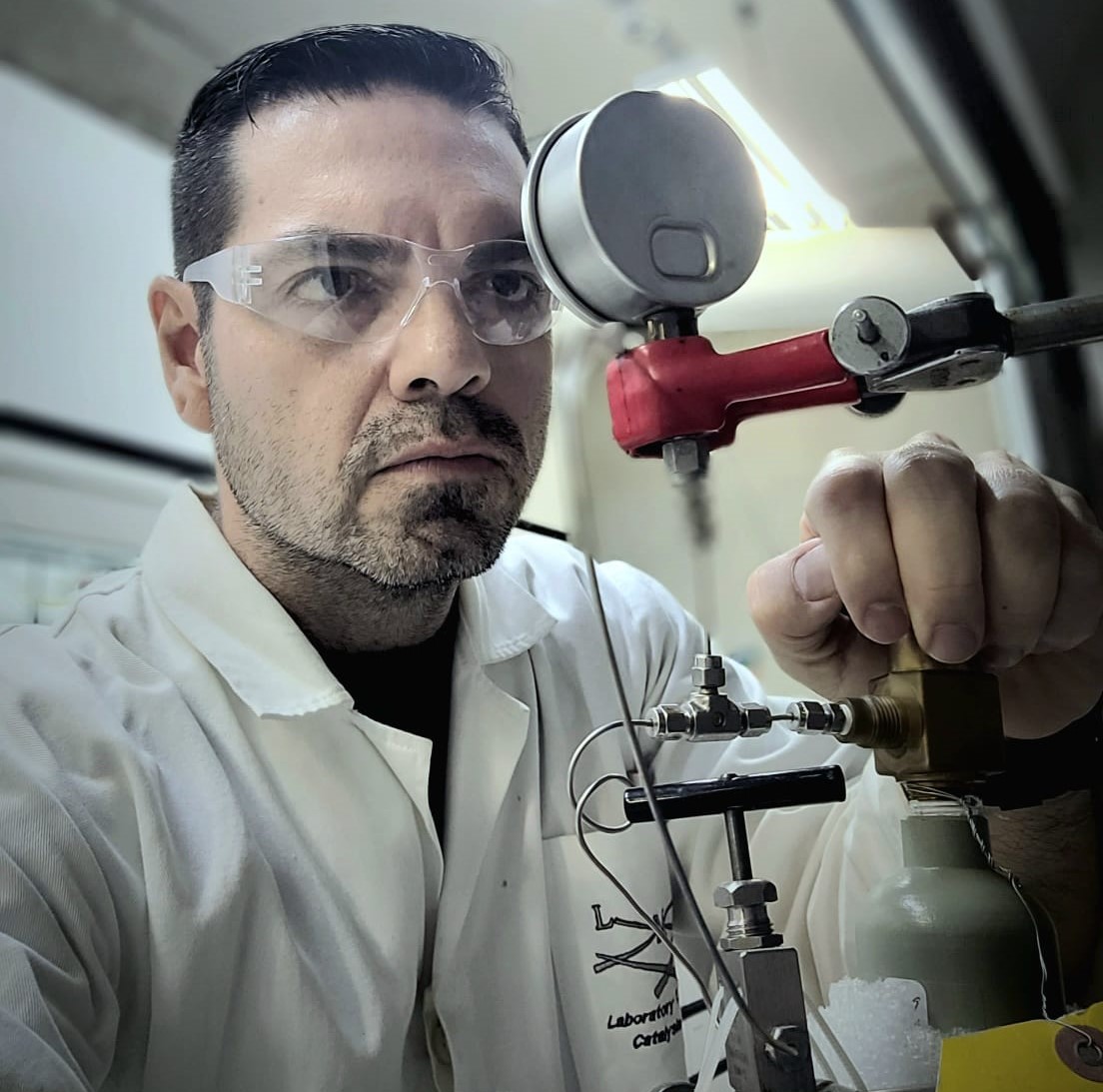
Gustavo Javier Chacón Rosales earned his PhD in Chemistry from the University of Zulia, Venezuela (Summa cum laude) in 2012, in collaboration with the Venezuelan Institute for Scientific Research and the Université Paul Sabatier. Specializing in Organometallics and Catalysis, he joined Prof. Jairton Dupont’s group (Brazil) in 2015 to develop catalytic systems based on ionic liquids for H2 production, CO2 capture and conversion as alternative energies.
In the last 5 years, he has published 10 articles and filed 1 patent with PETROBRAS, participated in 12 R&D projects, 4 of which as the principal investigator, and 2 industrial contracts. Since 2021 and until 2023, he was a researcher at the Brazilian National Agency of Petroleum and Energy and co-supervises 3 graduate and undergraduate theses. He has participated in 23 scientific events and 3 invited plenary conferences, in addition to being an editorial member of 1 Latin American journal and a reviewer for 4 international scientific journals.
Since May 2023, he works as a ComFuturo fellow at the Instituto de Tecnología Química (ITQ, CSIC) carrying out his project SUNAPPLIGHT.


Extended project summary:
Carbon dioxide (CO2) is widely accepted as the primary driver of the greenhouse effect and global temperature increase. Burning fossil fuels is the main source of non-natural CO2 emissions, leading to a significant increase in the concentration of this gas in the atmosphere. Most current research is focused on alternative energy sources, such as carbon capture and storage (CCS) and the use of CO2 as a C1 building block in chemical synthesis (CCU). Methanol, one of the products obtained from CO2 and hydrogen (H2), has great potential as a renewable fuel and can significantly reduce carbon emissions. However, the high stability of CO2 limits these applications to high-energy and high-cost strategies.
Nature has been a source of inspiration for many researchers seeking to reduce CO2 by simulating photosynthesis. Since the first report of H2 production from water using light by Fujishima and Honda in 1972, H2 production and CO2 conversion with semiconductor materials have gained attention. Recently, it has been demonstrated that the use of metals on the surface of a semiconductor reduces many limitations by sensitizing it and improving its light absorption capacity.
SUNAPPLIGHT proposes to develop new nanostructured materials with gold nanoparticle-decorated surfaces to activate and convert CO2 into methanol using solar light. This approach offers a green and sustainable method to enhance current CCS and CCU strategies by combining frontier chemistry and high-impact science for the benefit of society. Focused on environmental challenges such as global warming, SUNAPPLIGHT offers a personalized, scalable, and implementable solution in the short term to improve quality of life and public safety.
Click here to see interview with Gustavo Chacón at Radio Nacional de España
Scientific output derived from the ComFuturo SUNAPPLIGHT Project
Works presented at congresses
G. Chacón; J. Martínez; A. de Moraes; C. Lopes; J. Mazario; P. Oña-Burgos. Green Hydrogen Generation with PdIn@TiO2 and X@PdIn@TiO2 (X=Au, Cu) hybrid nanocomposites: the crucial role of physical enrichment in photocatalytic performance. 3rd Trans Pyrenean Meeting in Catalysis (TraPCat3). Poster. Toulose, France. 02/11/2023 – 03/11/2023
G. Chacón; A. de Moraes; J. Jaeguer; M. Graffe; F. Rodembusch; B. Albuquerque; J. Morais; A. Feil; D. Eberhardt and J. Dupont. Unveiling enhanced green hydrogen generation: Constructing a photocatalytic hybrid system by physical enrichment. 22th Congresso Brasileiro de Catalise (22CBCat). Poster. Bento Goncalves, Brasil. 25/09/2023 – 29/09/2023